Exploring the World of Wine – A Journey Through Regions, Varietals, and Pairings
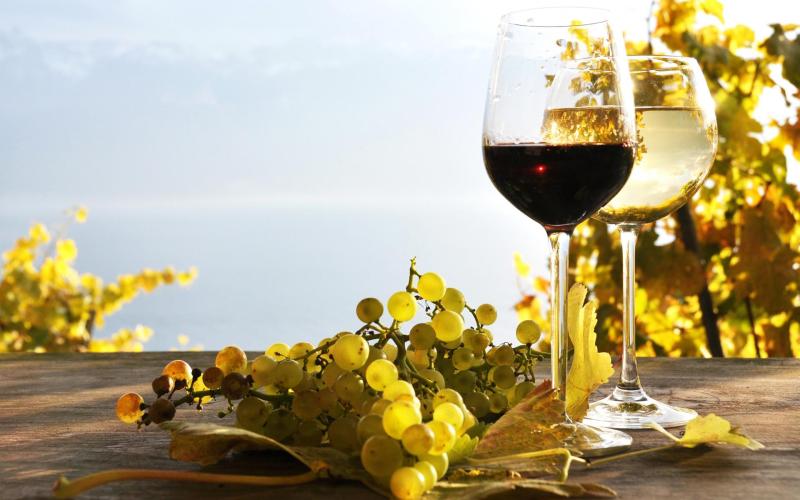 Exploring the World of Wine – A Journey Through Regions, Varietals, and Pairings
Exploring the World of Wine – A Journey Through Regions, Varietals, and PairingsWelcome to The Classy Journal, where we celebrate the finer things in life with a blend of sophistication and curiosity. This week, we’re embarking on a journey through the fascinating world of wine. Whether you’re a seasoned sommelier or a casual enthusiast, wine offers an endless array of experiences to explore.
From understanding the nuances of different wine regions and grape varietals to mastering the art of pairing wine with food, this guide will deepen your appreciation for one of the world’s oldest and most beloved beverages. Let’s uncork the bottle and begin!
The Art of Winemaking: A Brief Overview

Winemaking, or viticulture, is both an art and a science. It begins with the careful cultivation of grapes, which are then harvested, crushed, fermented, aged, and finally bottled. The process can vary significantly depending on the type of wine being produced, the region, and the winemaker’s techniques. Factors like climate, soil, and vineyard practices all influence the final product, making each bottle of wine a unique expression of its origin.
Exploring the Major Wine Regions
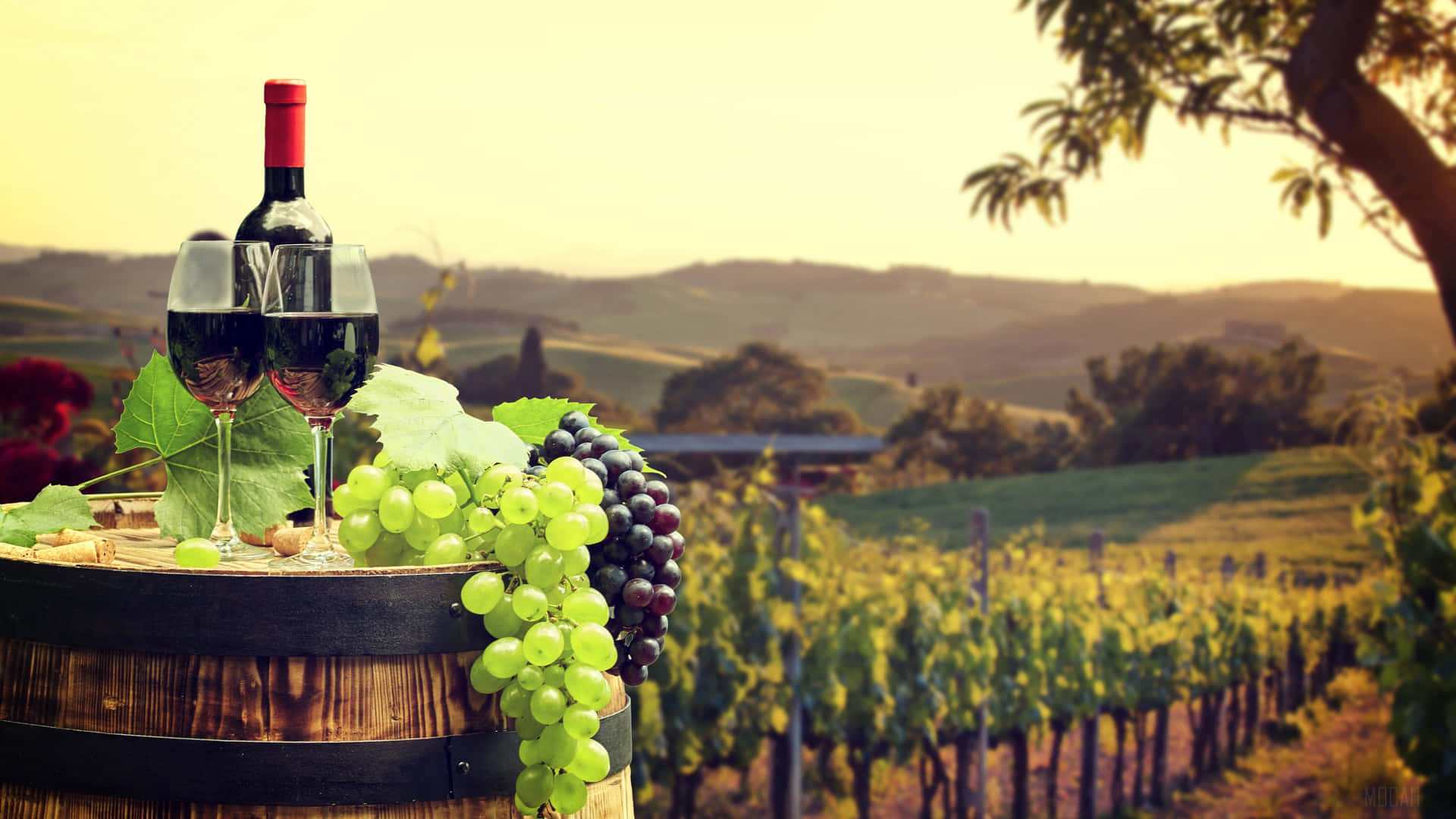
The world of wine is vast, with countless regions each offering something unique. Here’s a look at some of the most important wine-producing areas:
- Bordeaux, France: Often considered the epitome of fine wine, Bordeaux is renowned for its red blends, typically dominated by Cabernet Sauvignon and Merlot. The region is divided into Left Bank and Right Bank, each with its distinct style. Bordeaux wines are known for their complexity, aging potential, and ability to pair well with food.
- Tuscany, Italy: Tuscany is home to some of Italy’s most famous wines, including Chianti, Brunello di Montalcino, and Super Tuscans. The region’s rolling hills and warm climate are ideal for growing Sangiovese grapes, which produce wines with vibrant acidity and flavors of cherry, plum, and earth.
- Napa Valley, USA: Napa Valley is synonymous with American wine, particularly its robust Cabernet Sauvignons. This California region is celebrated for its innovation and diversity, with a wide range of varietals and styles produced in its many microclimates.
- Rioja, Spain: Rioja is Spain’s most famous wine region, known for its Tempranillo-based red wines. Rioja wines are typically aged in oak, giving them a distinct flavor profile of red fruit, spice, and leather. The region’s classifications—Crianza, Reserva, and Gran Reserva—indicate the level of aging the wine has undergone.
- Marlborough, New Zealand: Marlborough put New Zealand on the global wine map with its vibrant Sauvignon Blanc. The region’s cool climate and long growing season produce wines with intense aromas of tropical fruit, citrus, and fresh herbs.
Understanding Grape Varietals

Grapes are the heart of wine, and each varietal brings its own characteristics to the bottle. Here are some of the most popular grape varieties and what you can expect from them:
- Cabernet Sauvignon: Known for its bold tannins and deep flavors of blackcurrant, cedar, and tobacco, Cabernet Sauvignon is often aged in oak, which adds layers of complexity. It’s a key grape in Bordeaux blends and is also widely grown in Napa Valley and other regions.
- Pinot Noir: A lighter-bodied red wine, Pinot Noir is prized for its elegance and finesse. It typically offers flavors of red cherry, raspberry, and earth, with soft tannins and a silky texture. Burgundy, France, is the most famous region for Pinot Noir, but it’s also grown successfully in Oregon and New Zealand.
- Chardonnay: One of the most versatile white grape varieties, Chardonnay can produce a wide range of styles, from crisp and unoaked to rich and buttery. Common flavors include apple, pear, and citrus, often with a touch of vanilla or spice from oak aging. It’s the primary grape in Burgundy’s white wines and is also popular in California and Australia.
- Sauvignon Blanc: Known for its zesty acidity and bright flavors of lime, green apple, and grass, Sauvignon Blanc is a refreshing white wine that’s perfect for warm weather. It’s grown in many regions, but Marlborough, New Zealand, and the Loire Valley in France are particularly well-known for this varietal.
- Syrah/Shiraz: This grape produces full-bodied red wines with flavors of dark fruit, black pepper, and smoke. Syrah is the name used in France’s Rhône Valley, where the wines tend to be more savory, while Shiraz is the term used in Australia, where the wines are often bolder and fruitier.
The Art of Wine Pairing

Pairing wine with food is an art that enhances both the dish and the wine. Here are some classic pairings to inspire your next meal:
- Cabernet Sauvignon with Steak: The bold tannins and rich flavors of Cabernet Sauvignon make it an ideal match for a juicy steak, particularly cuts with good marbling like ribeye or filet mignon.
- Pinot Noir with Duck: The acidity and red fruit flavors of Pinot Noir complement the richness of duck, whether it’s roasted, confit, or served with a fruit-based sauce.
- Chardonnay with Lobster: A buttery, oaked Chardonnay pairs beautifully with the sweet, delicate flavors of lobster, especially when served with a rich sauce like beurre blanc.
- Sauvignon Blanc with Goat Cheese: The bright acidity of Sauvignon Blanc cuts through the creaminess of goat cheese, creating a refreshing and harmonious pairing.
- Syrah with Lamb: The savory, spicy notes of Syrah make it a perfect match for lamb, especially when seasoned with herbs like rosemary and thyme.
Exploring Organic, Biodynamic, and Natural Wines
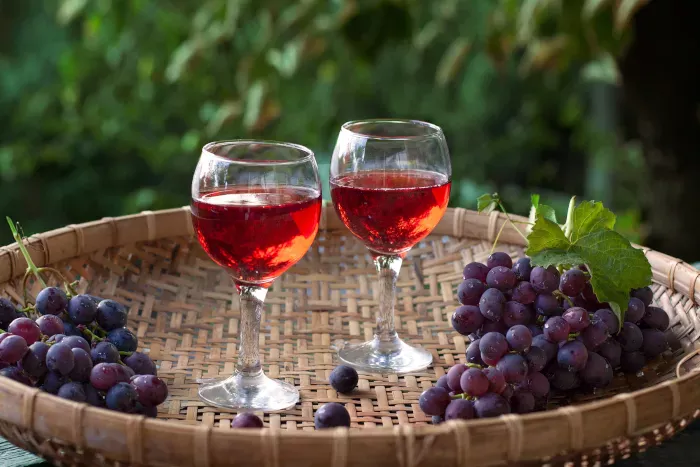
As consumers become more conscious of sustainability and environmental impact, organic, biodynamic, and natural wines have gained popularity. Here’s what you need to know:
- Organic Wines: Made from grapes grown without synthetic pesticides or fertilizers. These wines may also have lower levels of sulfites, which are used as preservatives.
- Biodynamic Wines: Biodynamic farming goes beyond organic practices by treating the vineyard as a self-sustaining ecosystem. It includes practices like composting, crop rotation, and following lunar cycles. Biodynamic wines often reflect a deep connection to their terroir.
- Natural Wines: Made with minimal intervention, natural wines are often unfiltered and contain little to no added sulfites. They can have a wide range of flavors, some of which may be unfamiliar to traditional wine drinkers. Natural wines are celebrated for their authenticity and expression of place.
Tips for Building Your Wine Collection
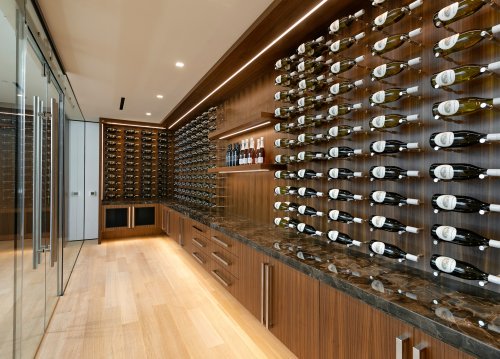
Whether you’re just starting or expanding your collection, here are some tips to help you build a well-rounded wine cellar:
- Diversify Your Collection: Include wines from different regions, varietals, and styles. This not only makes your collection more interesting but also allows you to have the perfect bottle for any occasion.
- Invest in Aging Wines: Some wines, particularly high-quality reds from Bordeaux, Burgundy, and Napa Valley, improve with age. Investing in these wines can be rewarding, both in terms of taste and value.
- Store Properly: Proper storage is crucial to preserving the quality of your wines. Keep your bottles in a cool, dark place with a consistent temperature, ideally between 55°F and 58°F. A wine fridge or cellar is a worthwhile investment for serious collectors.
- Buy What You Love: While it’s great to have a diverse collection, it’s also important to buy wines that you enjoy drinking. Your collection should reflect your personal taste.
- Stay Informed: The world of wine is constantly evolving, with new regions, producers, and vintages emerging all the time. Stay informed by reading wine publications, attending tastings, and following trends in the wine industry.
Conclusion: Savor the Journey with Classy Frank®
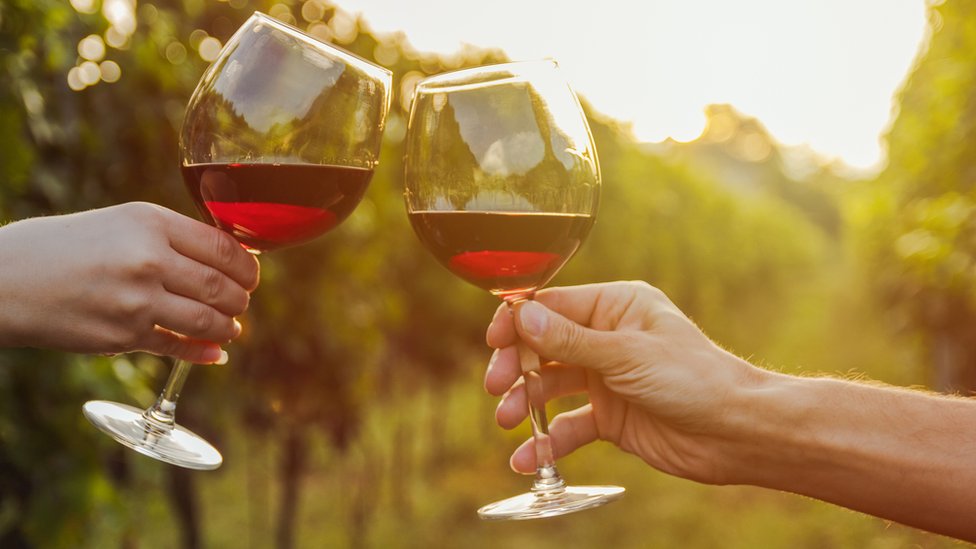
Wine is a journey that engages all the senses, from the first swirl in the glass to the last lingering sip. Whether you’re exploring new regions, discovering different varietals, or mastering the art of pairing, wine offers endless opportunities for enjoyment and learning.
At Classy Frank®, we believe that life is meant to be savored, and there’s no better way to celebrate the moment than with a glass of fine wine.
Follow Us on Instagram (@Classy.FrankNL) and TikTok (@classy.frank) for more stories, style tips, and artistic inspiration.
Shop Now at our webshop for stylish accessories and apparel that complement your wine-tasting experience.
#ClassyFrankWine #WineJourney #FineWine #WineAndStyle #ClassyFrank
.png)

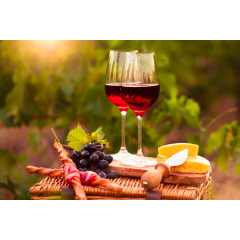



Reacties
Note: HTML is not translated!